
Risk Factors for Avoidable Transfer to a Pediatric Trauma Center Among Patients Age Two Years and Older
Among injured children age two years and older, those with minor head injuries were at greatest risk for avoidable transfer. Many were transferred because of a perceived need for evaluation by a pediatric neurosurgeon. Future... read more
Worse outcomes with video laryngoscopy in ICU
When used in intensive care units, video laryngoscopy did not improve the chances of successful intubation on the first try, compared with direct laryngoscopy, and was associated with a significantly higher risk of severe... read more
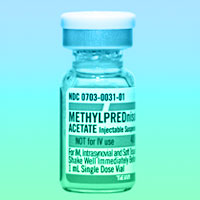
The negative effect of initial high-dose methylprednisolone and tapering regimen for ARDS
The efficacy of corticosteroid use in acute respiratory distress syndrome (ARDS) remains controversial. Generally, short-term high-dose corticosteroid therapy is considered to be ineffective in ARDS. On the other hand, low-dose,... read more

Continuous or Intermittent Feeding: Pros and Cons
Although there are limited studies investigating the safety and efficacy of an intermittent rather than continuous feeding regimen in critically ill adults, there are several theoretical advantages. Further studies should... read more
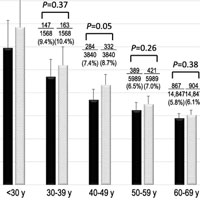
Sex-specific Differences in Survival After Out-of-hospital Cardiac Arrest
This nationwide, population-based observational study in Japan included 386,535 adult patients aged ≥ 18 years with out-of-hospital cardiac arrest (OHCA). In all these patients, resuscitation was attempted by EMS personnel... read more

Long-term Health Consequences of Under- and Over-feeding in PICU
Energy is essential for the treatment and recovery of children admitted to Pediatric Intensive Care Units (PICU). There are significant immediate and long-term health consequences of both under- and over-feeding in this population.... read more

Predictive Utility of DNI in Patients with MOF After Severe Traumatic Injury
Post-injury multiple organ failure (MOF) is the result of a systemic uncontrolled inflammatory response and it is the one of leading cause of late post-injury mortality. Delta neutrophil index (DNI) may serve useful marker... read more

Terlipressin for Septic Shock Patients
Catecholamines are commonly used in septic shock but face limitations of their hypo-responsiveness and adverse events due to high dose. Terlipressin is a synthetic vasopressin analog with greater selectivity for the V1-receptor.... read more
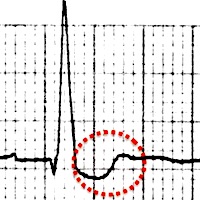
The Poor Man’s Tox Screen: ECG Findings in the Acute Overdose
In the middle of a busy ED shift the tech runs up to you with an ECG. Just prior to signing the top "No STEMI" you think: "wait, why do the QRS complexes look like that?" You walk back to triage with the tech to see a... read more

Time-Course of Clinical Physiologic Variables in ARDS Patients Undergoing ECMO
In patients undergoing extracorporeal membrane oxygenation (ECMO) for acute respiratory distress syndrome (ARDS), it is unknown which clinical physiologic variables should be monitored to follow the evolution of lung injury... read more

A Multidisciplinary Idea to STEP UP Resuscitation Effectiveness
Non-technical skills and human factors are increasingly recognized as critical ingredients in the success or failure of acute care delivery in a number of high stakes clinical domains. This is reflected in the evolution of... read more
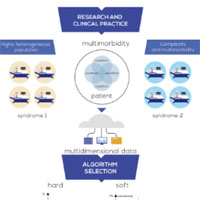
Clustering Algorithms Usage in Critical Care Research Unravel Patient Heterogeneity
Critically ill patients constitute the most heterogeneous population in the hospital, with the highest rates of acute and chronic multi-morbidity. Daily, two critically ill patients are admitted to the ICU with the same... read more

Few Ideas on How Nurses Can Recover After Difficult Shifts
Most medical professionals agree that a nursing career can be constantly stressful. It comes with the territory of caring for those who are ill and injured. On an average day, well-trained nurses are more than capable of... read more
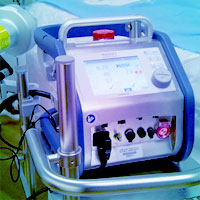
Hemodynamic Monitoring in the ECMO Patient
Hemodynamic monitoring in extracorporeal membrane oxygenation (ECMO) patients requires familiarity with the underlying pathophysiology and circulatory mechanics of extracorporeal flow. This review discusses the various monitoring... read more




